Indian winter vegetables
Winter vegetable list
Winter vegetables and fruits have a special attraction of the winter season.
Most vegetables are available the whole year but the vegetables in
winter are juicy and freshest, have a special taste and are difficult to
resist to buy.
I love to go to a vegetable market in all seasons but Indian winter vegetable market has a special attraction for me. The vegetable colors are so lovely that you just want to buy a lot and eat them too.
Check out the winter foods recipes on this site.
Indian winter vegetables list
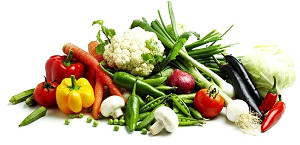 Indian Winter vegetables
Indian Winter vegetablesIndian names of these vegetables are given in bracket.
Ash gourd - White gourd (Petha, Kohala)
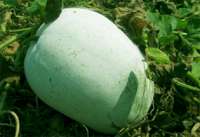 Ash gourd - White gourd - Petha - Kohala
Ash gourd - White gourd - Petha - KohalaBeans - (shravan ghevda)
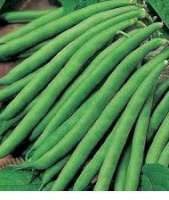 Green Beans - French beans
Green Beans - French beansBeet root - (Chukandar, beet)
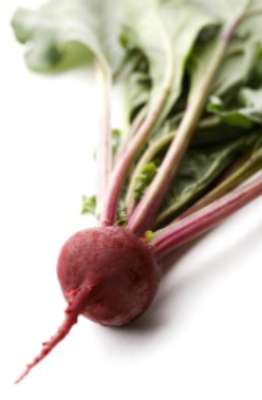
 Beetroot
BeetrootGo to Beetroot recipes
Along with the green leaves, beetroot or beets are full of health.
They reduce cholesterol in body and are useful in anti-aging.
The leafy parts have vitamin C, A, B-complex.
Beets contain carotenoids and flavonoid anti-oxidants, potassium.
Beets are used to make beet salad, beetroot halwa, in rice preparation, vegetable cutlet etc.
Bitter gourd (Karela - Karle)
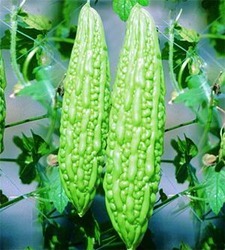 Bitter gourd - Karela - Karle - Hagalkai
Bitter gourd - Karela - Karle - HagalkaiCarrots - (Gajar)
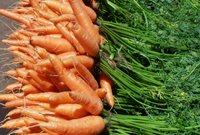

This wonderful orange or reddish orange root vegetable tops the vegetable list for winter.
Carrots are sweet, juicy and crunchy, available and used the whole year in Indian homes.
Carrots are used in halwa (gajar halwa), salads, carrot kosambri (salad), vegetable curry, vegetable rice preparation, carrot kheer, vegetable pickles and many other dishes.
Carrots contain very little fat and are cholesterol free. They contain dietary fiber, vitamin A and C, beta-carotenes, anti oxidants and minerals. They help in preventing cancers and tumors.
Green peas - (Mutter, matar, vatana, pattani)
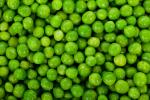
You can eat green peas raw or cooked. Have fresh peas by itself or add to other vegetables.
Use them in salads, snacks; soups etc. peas contain
minerals, vitamin K, B-complex, folic acid and ascorbic acid.
Radish - (Mooli, mula, mulangi)
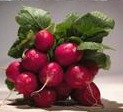

is available in white (daikon radish) and red radish varieties. It is a low calorie vegetable containing vitamin C, B-6, minerals such as magnesium, copper, calcium and iron.
Radish, a root vegetable, is eaten raw in salads. You can also use tender radish leaves in salads and stews.
Radish is also used cooked in parathas, subji(vegetable side dish), sambar(stew), raita etc.
In north India, radish is made into 'mooli paratha', a delicious flat bread, or 'mooli subji' with greens, a stir fry or stew.
It tastes great as 'radish sambar', a radish and lentil stew when served with plain rice.
Cauliflower (Phool Gobi, flower, hukosu)
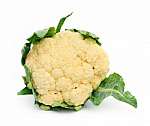
Go to Cauliflower/gobi recipes , How to clean cauliflower
Cauliflower or phoolgobi has no cholesterol and is low in calories. It gives protection against cancer.
It contains minerals such as potassium, calcium, magnesium and iron. It cooks fast so is very convenient when you are in a hurry.
You can
make it into 'gobi paratha', or 'gobi ki subji' for a meal time.
You can also make it into gobi pakoda or gobi Manchurian for a snack.
It goes well in rice dishes as gobi pulao or maharashtrian masala
bhaat.
Collard greens
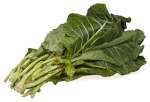
Kohlrabi - Knolkol - (Navalkol, navilkosu)
Spinach - (Palak)
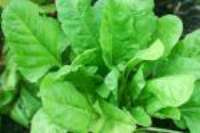
Go to Palak - Spinach recipes
Spinach / Palak a commonly used green leafy vegetable. It is a treasure of nutrients. It is rich in vitamin A, C, K and omega-3 fatty acids.
Care should be taken not to overcook spinach as over cooking can reduce it's nutritional value.
Spinach can be combined in many preparations such as spinach soup, spinach rice,
palak paratha, palak paneer, aloo palak etc. you can also add it to
vegetable salads.
Pumpkin (Kaddu - Bhopla - kumbalkai)
Mustard greens - (sarson ka saag)
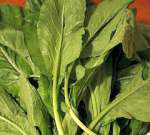
- 'sarson ka saag' is a name of a curry in North India. The tender leaves of mustard plant are made into a green vegetable curry and are served with a 'makki ki roti' (flat bread made with corn meal).
These leaves contain vitamin A, K and carotene and flavonoid anti-oxidants. These help in reducing iron deficiency, anemia.
Mustard green has very few calories.
Fenugreek leaves - (Methi, menthya)
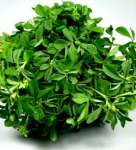 fresh fenugreek methi leaves
fresh fenugreek methi leaves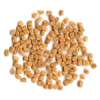 fenugreek - methi seeds
fenugreek - methi seedsGo to fenugreek - methi recipes
is a nutritionally rice leafy vegetable. It contains vitamins A, B, B3, E. it has potassium, protein, amino acids too. it helps in lactation and reduces menstrual pain.
It is useful in treating reproductive problems and hormonal disorders. It reduces blood sugar levels and cholesterol. It is useful in treating bronchitis, arthritis, skin problems, asthma. It is a herbal remedy for increasing male potency and libido.
Broccoli
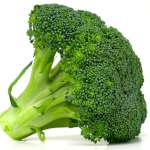
Broccoli looks similar to cauliflower but is green in color. Broccoli helps in preventing cancer, heart disease, osteoporosis and stroke. It strengthens the immune system.
Broccoli contains minerals, vitamins - A, K and C, anti-oxidants and dietary fiber. It has very few calories.
Broccoli is good eaten raw or stir fried. Overcooking can destroy the nutrients.
Those with thyroid problems should avoid broccoli.
Hyacinth / Lablab Bean / Flat Beans / Field Beans (Surti Papdi -val papdi - Lilva - avare )
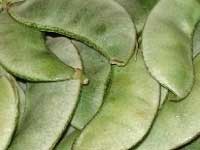
In other Indian languages it is known as chapparadavare, chikkadikai (Kannada), avari, mochai (Tamil), anumulu, chikkudu (Telugu), mochakotta (Malayalam), sem, ballar (Hindi), val (Gujarati), pavta, val (Marathi).
The skin is removed and the beans (as shown below) are used. The skin is not edible by us. Skin can be used as cattle feed.
Hyacinth / Lablab Bean / Flat Beans / Field Beans (Surti Papdi -val papdi - Lilva - avare kalu)
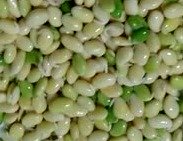 Avarekalu - val
Avarekalu - val- After removing skin
Known as avarekai(Kannada).
The beans after the outer skins removed are used in snacks, curries, rice dishes etc.
Red, ripe Tomatoes (tamater - tomato - takkali)
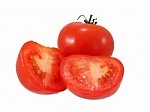
Tomatoes are known as tomato, tamatar, takkali etc. in Indian languages.
Tomatoes are available the whole year in India. In winter, tomatoes are abundant and are cheaper too.
Raw green tomatoes
Okra - Lady's finger - Gumbo - (Bhindi - Bhendi - bendekai - vendekai)
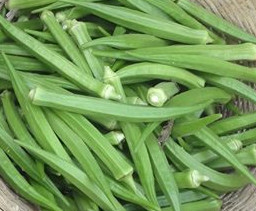 Okra, Lady's finger, Gumbo Bhindi, bhendi, bendekai
Okra, Lady's finger, Gumbo Bhindi, bhendi, bendekaiGo to okra recipe - Bhindi ka bharta
Okra is known English as gumbo and lady's finger too. It is bhindi (Hindi), bhendi (Marathi), bendekai(Kannada), vendekkai(Tamil) etc. in Indian languages.
Okra is rich in vitamin A, B6, C thiamine, iron, calcium, zinc, potassium, magnesium, and manganese.
It is a rich source of dietary fibres and antioxidants. It helps in preventing diabetes, asthma, cataract, constipation, gas and stomach bloating.
Lady’s finger helps in controlling cholesterol and stabilizing blood sugar.
Okra or bhindi is made into curry, stir fried, crispi okra and okra raita.
Sweet potato - Ratalu (ratali -
Mustard greens - Sarson ke patte

Kale
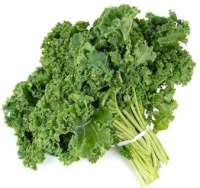
Turnips (shalgam)
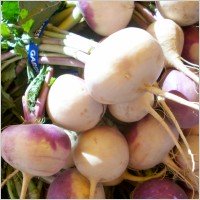
Garlic - (Lahasan, Lasun - pundu)
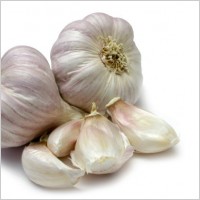
Spring onions ( paticha kanda)
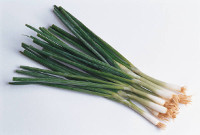
Cucumber - (Kheera, Kakdi - savatekai)
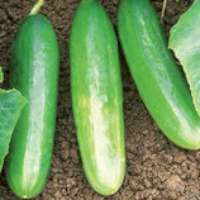
Bell peppers - Capsicum - (Simla mirch - dobli mirchi - bhopli mirchi)
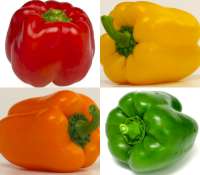
Lettuce - Salad ke patte ( salad chi pane)
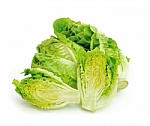
Asparagus
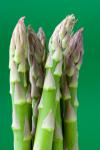
Shallots - Madras onions - Sambar onions
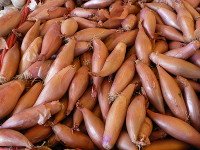

Ridgegourd - Dodka
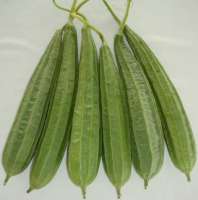
Bottle gourd - Doodhi - Lauki
Related Pages to visit:
- Alphabetical list of vegetables - Vegetables list with English names.
- List of all vegetables - With Indian and English names
- Types of lentils - whole and split lentil varieties
Go to vegetable recipes From winter vegetables
Go to Vegetarian Recipes Site Home Page From winter vegetables
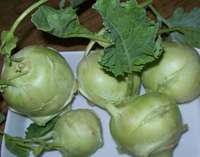
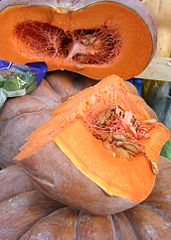
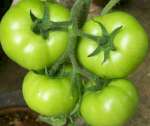
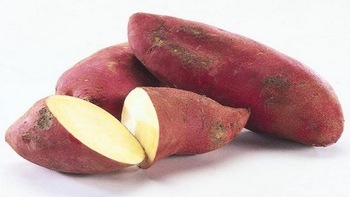
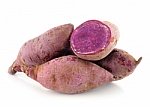
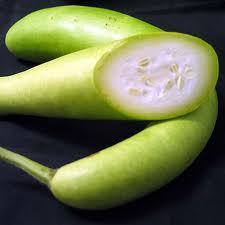
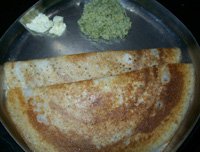
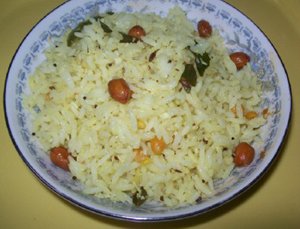
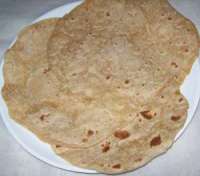
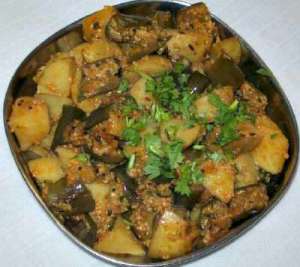
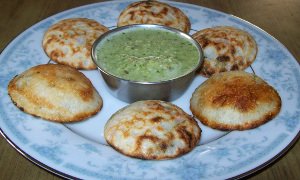
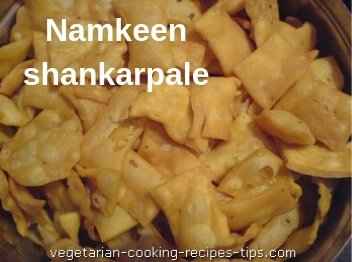
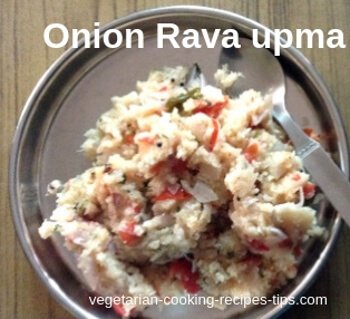
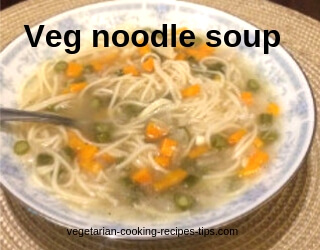
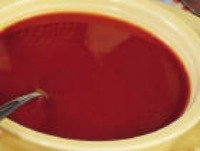
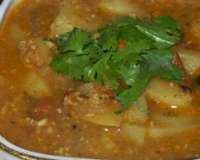

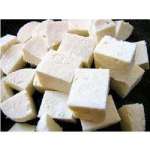
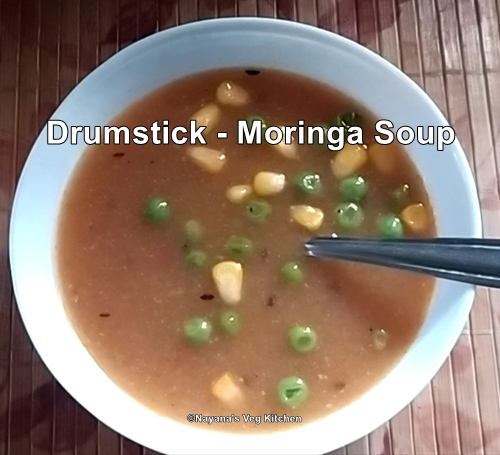

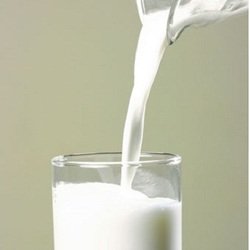
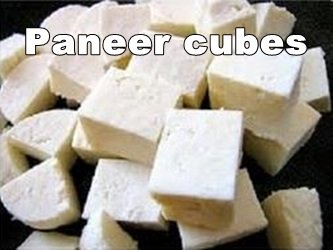
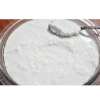

New! Comments
Have your say about what you just read! Leave me a comment in the box below.